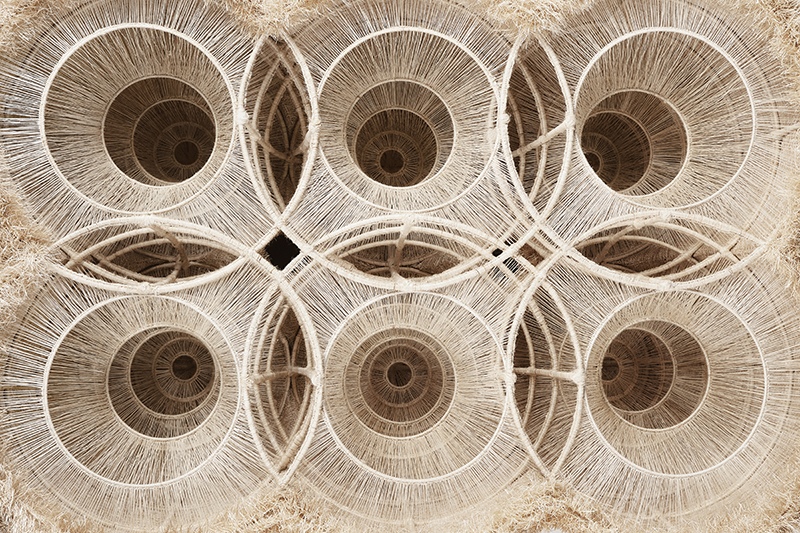
Cyclical Embodiments: Wanbing Huang's Rhythmic Creations
In the delicate interplay between ancestral wisdom and avant garde vision, few artists navigate this terrain with the profound elegance of Wanbing Huang. This Central Saint Martins alumna meticulously reenvisions China’s cultural legacy through a distinctly contemporary lens. Her practice, deeply interwoven with agricultural archetypes, inherited knowledge, and the very essence of natural materials, forges a bridge that transcends geographic boundaries.
Huang’s oeuvre elegantly embodies what she terms “Eastern time,” a philosophy honoring cyclical rhythms and the palpable weight of embodied memory, eschewing the constraints of linear progression. This allows her to distill and elevate quintessentially Chinese elements, crafting works that resonate far beyond any single cultural context.
The artist’s nuanced approach to material selection reveals a philosophy that transcends mere aesthetic considerations. Ramie, summer cloth, bamboo, and other traditional elements are not simply tools of her craft; they become “organs of time” and “extensions of cultural memory.” This refined sensibility was honed during her multifaceted global education, a period where she learned to interrogate fundamental assumptions even as she deepened her connection to enduring Chinese cosmological traditions, such as the I Ching.
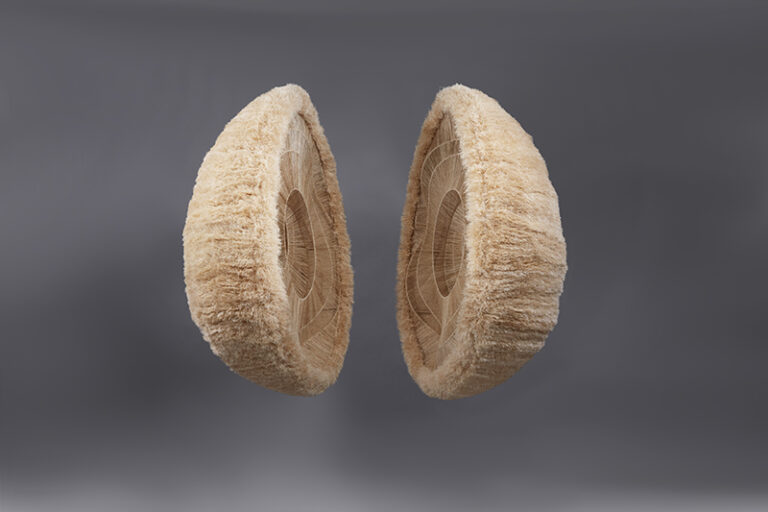
The resulting works, often transforming agricultural symbols like granaries and silkworm cocoons, become sanctuaries in their own right, embodying both protection and the promise of transition. Her pioneering explorations of the complex interplay between physical materials and their intangible cultural resonance have rightfully garnered international acclaim, including recognition as a Loewe Foundation Craft Prize finalist and features in esteemed publications such as T magazine and 《Beaux Arts》.
Perhaps the most distinguishing aspect of Huang’s artistic practice is her steadfast rejection of superficial cultural pastiche, in favor of an authentic and deeply felt embodiment of heritage. She advocates for emerging creators to first “be silent, go to the land, speak with your ancestors” before attempting any form of cultural expression.
In our contemporary moment, often characterized by cacophony and relentless acceleration, her works propose an alternative path, inviting viewers to slow their pace and reconnect with the profound wisdom of sensory memory through forms that echo with historical significance, yet speak directly to universal human experiences. As she explains it, her enduring fascination with “nature, spirit, culture, stories, and native materials” fuels an artistic journey that seeks a universal resonance while remaining steadfastly anchored in the richness of Chinese heritage.
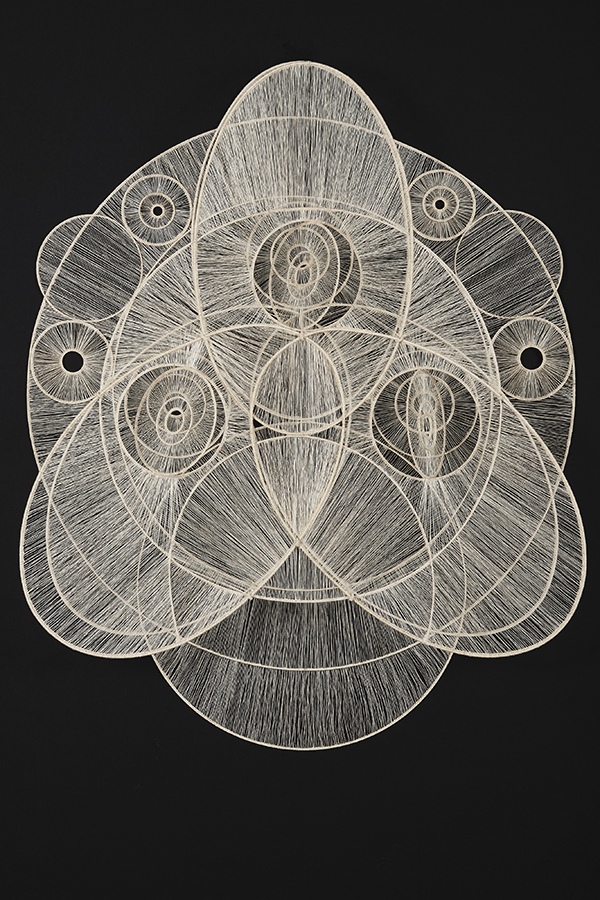
Q: Your art deftly blends traditional Chinese culture with contemporary modes of expression. What initially guided you toward this unique path of exploration?
A: For me, this path wasn’t a matter of deliberate choice; it emerged organically, a response to life’s own inherent calling. The relationship between tradition and the contemporary in my work flows as naturally as breath itself.
Having grown up in the south of China, I was immersed in the cyclical rhythm of seasonal rituals, the textures of weaving, the scent of the earth, the echoes of ancestral memory. Later, my studies in London, surrounded by the rigor of critical theory and deconstruction, revealed to me the rich living language system I already carried within myself: one rooted in the land, the flow of time, and the strength of maternal lineage. My artistic expression is not about a superficial merging of East and West. Rather, it is a return to a temporal sensibility that has always existed within me—a deeply personal mode of time I call “Eastern time.” It is not something I constructed, but something I remembered, and gradually re-entered.
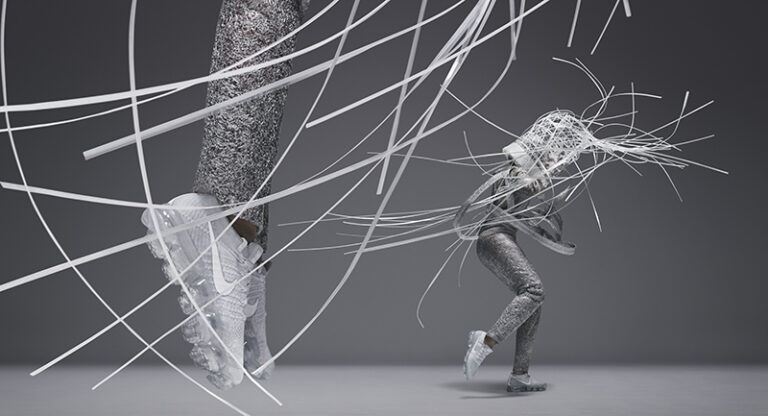
Q: How did your time at Central Saint Martins influence your approach to traditional craftsmanship?
A: During my time at Central Saint Martins, the education I received extended beyond mere technical skill; it cultivated an aptitude for navigating and residing within uncertainty. The focus was not solely on achieving mastery in a particular craft; rather, it delved into a more profound learning process: the art of posing fundamental questions such as, “Who are you?” and “What is your authentic position?”
This alteration in viewpoint proved to be deeply transformative. These inquiries, while appearing abstract on the surface, embedded themselves within me like seeds, patiently awaiting germination until they started to manifest and find form through my creative endeavors. I gradually came to understand that tradition is not some inert artifact demanding preservation, but rather a vital, animate wisdom: an entity possessing warmth, embodying rhythm, and holding an inherent capacity for evolution.
My experiences in Japan imparted the significance of meticulous concentration, while my time in London equipped me with the skills to critically dismantle established frameworks of thinking. These diverse cultural engagements enabled me to revisit my own heritage with a renewed acuity and a more profound sense of being present within it. Materials such as ramie, for instance, unveiled their significance as far exceeding mere fibers: they are conduits of human labor, repositories of female ancestral memory, and the very respiration of time. Through engaging with these materials, I embarked on a process of reevaluating and rearticulating the intricate connections between the physical body and the substance of materials, between outward form and its genesis, and between expressive gesture and intrinsic essence.

Q: Could you elaborate on your material choices, and the symbolic roles they embody within your work?
A: Materials are never mere tools in my artistic process. They are, instead, organs of time, extensions of our collective cultural memory. I am drawn to materials that possess a certain moisture, a quality of warmth and resonant, silent memory. Ramie, summer cloth, and bamboo all carry the imprint of human hands, a pulse das estações. In my practice, material is not simply a visual element; it is simultaneously sensorial and spiritual. Deconstructing these materials allows me to unravel deeply ingrained assumptions; while reconstructing them offers the possibility of re-weaving history and memory into new forms of meaning.
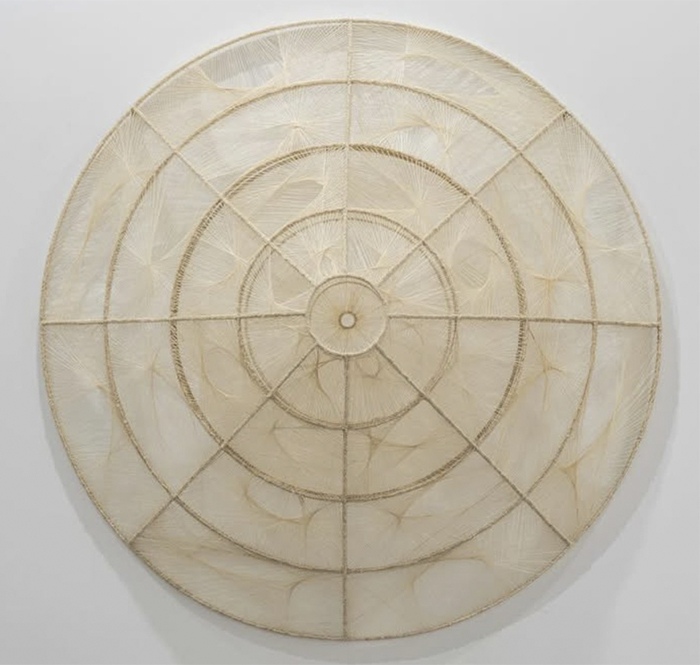
Q: Many of your sculptural forms appear to draw inspiration from China’s agricultural heritage. Can you speak to this connection?
A: In China, agriculture transcends mere cultivation; it embodies a cosmology—a way of understanding the universe through the rhythms of the earth. The changing of seasons is not an abstract measurement of time, but the visible pulse of life unfolding and transforming.
My artistic vocabulary often draws upon forms such as granaries, silkworm cocoons, and traditional protective structures—vessels that hold life in states of transition. These forms speak of shelter, renewal, and the quiet presence of care. The cyclical dynamics inherent in agriculture—growth and withering, tension and release—are woven into the very forms I create. Though they may appear still, they carry breath within, echoing the oscillation between expansion and contraction, between life and death.
What I seek to create are sanctuaries of movement—spaces that breathe. In such spaces, the abstract notion of “balance” becomes something tactile and experiential—something one can feel, enter, and inhabit.

Q: As a Loewe Craft Prize finalist, how has international recognition influenced your creative trajectory?
A: It felt like an echo being truly heard.
It made me realize that the deeper one goes into the source, the more resonance it can create across distance. What moves people is not some labeled “cultural trait,” but the sincerity and rhythm within it—the subtle yet genuine connection between material and spirit.
This response gave me the courage to turn further inward, no longer rushing to speak outwardly, but instead seeking deeper connection through quiet presence. I began to believe more deeply that what is deeply rooted in the local often holds the potential to resonate universally.
Q: How do you approach the complex task of balancing innovation with a profound respect for traditional narratives and heritage?
A: I do not subscribe to the concept of “balance,” because tradition itself is never static; it is, by its very nature, movement. I study ancient texts such as the I Ching, the He Tu, and the Luo Shu, not to replicate their forms, but to unearth a philosophical framework for transformation. In the studio, I allow the materials themselves to guide my hand. I listen intently to the tension, the breath, and the inherent gesture within the fibers. My role is not one of control, but of co creation. “Innovation,” as I understand it, is born from tradition; it represents tradition’s next logical unfolding, not a fundamental opposition to it.
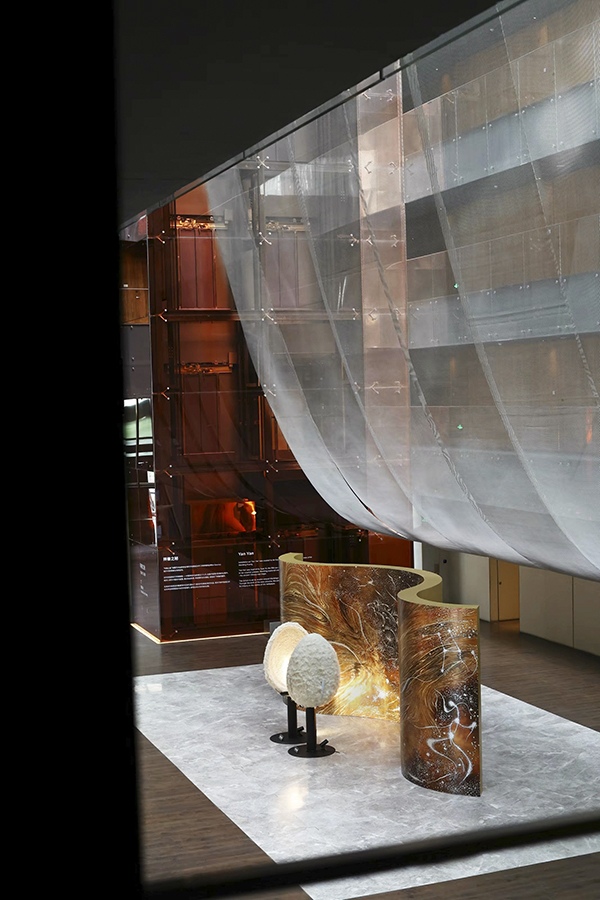
Q: What role does storytelling play within your artistic practice? How do you determine what elements to incorporate?
A: Storytelling, as I conceive it, is not a linear process; it is more akin to the interconnectedness of a constellation.
I gather fragments disparate elements such as stars, myths, potent symbols, and bodily memories and allow them to find their own connections through the medium of the material. In The Secret of Mythical Beasts, for example, my creature “Yan Yan” emerged from a study of the Dunhuang Star Map, combined with the dynamic techniques of Southern Chinese lion dance. I do not narrate stories in a conventional sense; I weave them. I invite viewers to engage with my work not simply intellectually, but also through the wisdom of their own bodies.
Q: How do the intertwined forces of nature, spirit, and cultural memory shape your artistic practice?
A: For me, nature is far more than a landscape; it is the very essence of memory itself.
I perceive spirit in the crisp sound of a thread as it snaps, in the tactile moisture of summer cloth, in the subtle temperature of a bamboo sliver. My work is, in essence, a ritual of profound reconnection: to the land from which we originate, to the hands of our ancestors, to the vitality of breath itself. It is at once deeply personal and inherently collective. Materials are the conduit, time is the thread, and I am merely the one who listens. I seek to infuse my works with the scent of the earth, the rhythm of passing time, and the evocative power of a human touch.
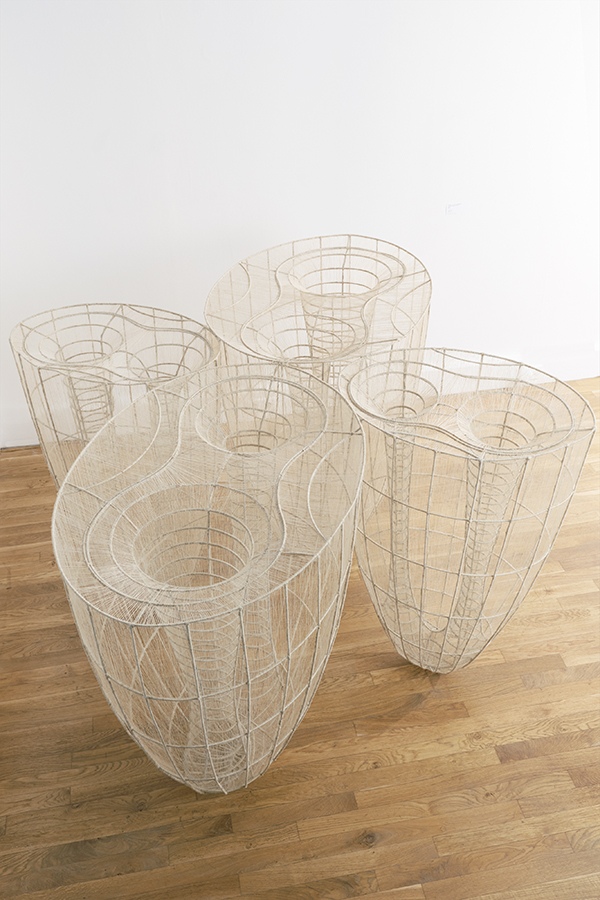
Q: What do you hope your art will leave as a lasting contribution to contemporary Chinese society, and perhaps beyond?
A: My deepest hope is that it will offer a pathway to a quiet return, a reawakening of the profound wisdom of sensory memory.
In our contemporary world, often dominated by noise, relentless speed, and superficiality, we have, in many ways, forgotten our own inherent rhythms. My work aspires to offer a counterpoint: to encourage a slowing of pace, a rediscovery of the value of time, the power of tactile experience, and the importance of deliberate slowness. Not all aspects of life need to be explicitly explained; some must be felt. If my work can become a space for emotional grounding and cultural reflection, it has done its work.
Q: What advice would you give to emerging artists exploring cultural heritage, and how do you see the future of this field?
A: First, be silent. Go to the land. Speak with your ancestors. Then create. Culture is not a symbol or trend. It is your body’s memory. Don’t rush to define or categorize it. Live it. Touch it. Dismantle it if you must. Only when you truly inhabit your history can you speak from it. The future will not belong to the loudest, but to those who can listen—to the land, to the fibers, to the breath of history.
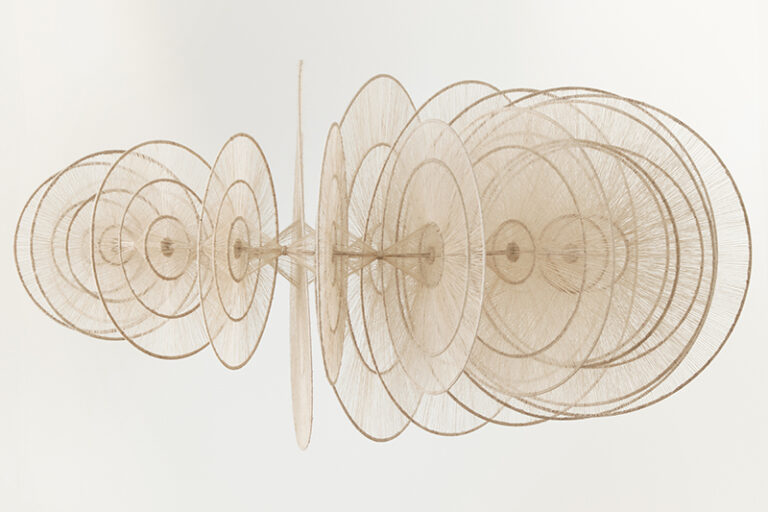
Conclusion
In Wanbing Huang’s hands, tradition becomes not a static artifact but a living, breathing presence—one that continues to evolve under her innovative interpretations. Her growing international acclaim points to a hunger for art that offers both cultural specificity and universal connection, creating spaces for emotional grounding and reflection. With her meticulous craft and philosophical depth, Huang exemplifies how an artist can honor the past while simultaneously shaping its future expression, reminding us that the most profound innovations often emerge from the deepest roots.
